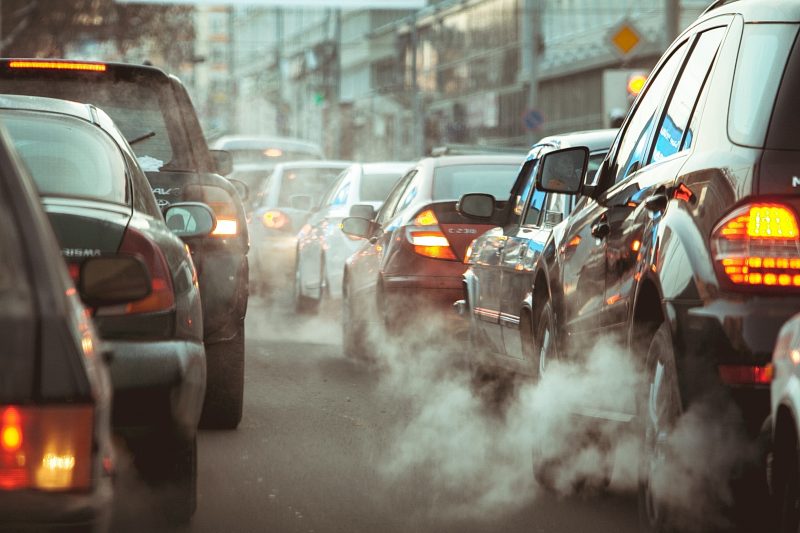You may not conflate your MOT and go away for the holidays – after all, most MOTs will fall in March or September, the two dates when new registrations are issued in the UK. This is because drivers will sometimes hold on for a few months in order to get the new registration, rather than risk their new ride becoming ‘dated’ sooner than they’d like. But in all honesty, the MOT checklist is a useful way to make sure your car is ready for all the holiday driving in areas like London or Yorkshire (if you are planning to meet your friends or family in the area). Let’s look into this a bit more.
MOT and Roadworthiness
Your MOT test is a check on the roadworthiness of your car. But your car should always be in that condition, the MOT test is merely a way of saying that, yes, on that particular date your vehicle met all the criteria for a passing MOT. But, for example, even if you passed your MOT the day before, should a police inspection find a fault with your car – let’s say your number plate has been obscured by mud or through damage, or your rear view mirrors have been knocked off – it is the condition of the car that they will take into account, not the MOT certificate, no matter how recent it is. Therefore, knowing what the MOT checklist is and keeping your car at or above that standard, is an excellent way to ensure that your car is always legally compliant. And it also means that you will pass your MOT with flying colours when it is due. Reg Greenwood offers MOT in Pontefract – book on their website now. A reliable MOT garage will make sure that your car is in tip top condition.
What to Check Before Travelling
Rather than plowing through the entire MOT checklist, here is a quick and easy cheat-sheet that you can use to make sure you are ready for the excitement and joys of the holidays, without having motoring worries cast a blight on your day.
Interior Checks: your car should be clean and tidy, with good visibility all round. Buttons and levers should be in good working order, mirrors properly positioned and no cracks or stickers on the windows or windscreens.
Exterior Checks: walk around the outside of your car, checking that the external mirrors, number plate, bumpers and any other fittings are firmly attached. There should be no dents, breaks or other signs of major damage on the car body, and there should be no rust patches or signs that the car has visibly been in an accident (cosmetic damage could easily conceal deeper problems, so always get any accident damage repaired promptly, even if you are sure that it is minor: it is best to be sure).
Under the Hood: Even the most un-mechanically minded driver should know how to top up fluids, check oil and so on. Become familiar with what the car looks like under the hood and this will alert you when there is a more serious problem: a leak, crack or something untoward going on.
Under the Car
If you have access to an inspection pit, this is the easiest way to check out the underside of your car, but you can also do it with a torch and some agility – wriggling underneath to see the condition of the car. There should be so signs of damage, nothing caught up by the exhaust or suspension, and no leaks or other problems.
Brakes
Test your brakes by finding a large flat area – an empty car park is perfect – and bring yourself to a gentle stop, paying attention to how the car responds, as well as trying out an emergency stop using both brakes in turn. This will reassure you that your brakes are in good order, and able to stop you safely in an emergency.
Emissions
There is little you can do to test your emissions without specialist equipment, but you can look at your exhaust when the car is running. The fumes should be invisible or very faintly white: thick dark gray or black exhaust is a sign that something has gone wrong and you should call your mechanic promptly.



